Our communities are more than just the places where we live. They’re where we work, learn, spend time with friends, play with our kids, and walk our dogs. If you’re interested in learning more about a community, the people in it, and what they think about it, a community survey is a great way to gain more insight.
A community survey is a series of questions designed to gather information about the members of a community and insights about a topic relevant to a community.
For example, a government agency might distribute a community survey to a neighborhood to learn more about the people who live there and the services they need. A business might want to gather more details about a specific audience’s buying habits and purchasing decisions. Or a neighborhood association might need to find out more about neighborhood demographics.
Thinking of conducting a survey yourself? This article provides examples of community survey questions and tips on how to create an effective survey that yields good information. You’ll also learn how you can use Jotform’s features to create surveys.
The purpose of community surveys
“A community survey is a set of questions aimed at knowing a filtered target audience at a deeper level,” says Scott Spivack, former marketing director at United Credit. “The success of any business strategy banks on how receptive the audience is. If you’re aware of their interests and preferences, you’re able to craft strategies that are tailored to their needs.”
This advice doesn’t only apply to businesses. Government organizations, local nonprofits, and other groups can also benefit from a detailed understanding of their audiences and constituents.
Spivack says the ultimate purpose of any survey is to determine how you can serve your audience best and meet their needs: “This means you won’t be shooting an arrow in the dark. Instead, a community survey gives you a clear vision of your target.”
Community survey questions that engage your audience
Start working on your community survey by establishing some goals: What do you want to discover from the survey?
Do you want to focus more on information about a population (ages, jobs, family sizes, etc.) or a specific topic or community need (feelings about neighborhood safety, recreation opportunities, local business patronage, etc.)? Do you want to study a specific segment of your community or as broad of a group as you can?
Your answers will help you decide which types of questions to include. Here are some examples of different types of community survey questions.
Demographic questions
Many community surveys aim to learn more about the people who live in a particular area. This can help organizations design services that best suit their community’s particular makeup.
Here are some demographic community survey questions you might include:
- What is your age?
- What is your gender?
- Which neighborhood do you live in?
- What is your average annual household income?
- What is your occupation?
- How many people currently live in your household?
Needs questions
Other community surveys focus on understanding the wants and needs of the people in the community. Many types of organizations might use these surveys, including local government agencies, small businesses, and neighborhood associations.
Here are some examples of needs questions:
- Which community services do you typically use?
- Which community services are lacking in your area?
- Does anyone in your family have special needs?
- Where do you go grocery shopping?
- Which public transportation services have you used in the past 12 months?
- What would you like to share with your local community council?
- How can we serve you better?
- Do you have any suggestions for improving our services?
Business and economic questions
For community leaders, business owners, and city planners, understanding consumer needs and how, where, and why people spend their money is key to serving the economic health of their community and encouraging local jobs and businesses.
Consider asking questions such as
- Where do you go grocery shopping?
- How far do you travel to purchase necessities, such as groceries, clothing, and home goods?
- How much money do you typically spend at local businesses per week?
- What initiatives would you like to see to promote small business growth?
- How satisfied are you with the availability of job opportunities in our community?
Family and children questions
Understanding the makeup of local families as well as what they need from local government and organizations can help strengthen community programs.
Here are examples of family questions to ask:
- How many children do you have?
- What are the ages of your children?
- Which community programs do your children attend?
- If you could introduce a new community program for children, what would it be?
- Do you have a parent group where you can socialize and make friends?
- Does your workplace provide childcare?
- Do you feel that our local government is effectively addressing affordable childcare needs?
Transportation and mobility questions
Ease of mobility contributes significantly to a community’s livability and residents’ quality of life. Transportation questions can cover everything from pedestrian safety and bike lanes to traffic and road conditions.
These are some transportation and mobility questions you could ask:
- How many times in a week do you drive?
- How many times in a week do you bike?
- How many times in a week do you use public transit?
- How can we improve public transit?
- If there is a person with a disability in your household, how would you rate the accessibility of public transit and street infrastructure?
- How long is your typical daily commute?
- How much time do you spend sitting in traffic each week?
- If you could change one thing about local transportation, what would it be?
- Rate the quality of the following aspects of community transportation: affordable transportation options, bikeability, traffic congestion, road conditions, and pedestrian safety.
- Can you easily travel to places you need to visit within the community?
Performance measurement questions
Local governments, nonprofits, and other service providers can check in with residents to see how they’re perceived and learn about unmet needs.
Consider asking these questions:
- On a scale of 1–10, how much do you trust the local government?
- How would you rate your quality of life?
- How would you rate the quality of local public services?
- How do you think local infrastructure compares to neighboring cities’ infrastructure?
- If you were able to add more community services in this area, what services would you add?
- How would you evaluate your community leaders?
- How useful is the information that you receive from government leaders and community organizations?
Community pride questions
Feelings of community pride and unity can help people feel excited about where they live and supported in times of need. Ask questions about residents’ involvement and engagement in their neighborhood. The answers can indicate how people feel currently and what organizations can do to build a sense of community.
Here are some examples:
- How often do you participate in community events?
- How hard or easy does it feel to get to know your neighbors?
- What types of community events do you like to engage in?
- Do you feel your community leaders invest effectively in your community?
- Would you recommend your community to a friend who is looking to move from somewhere else? Why or why not?
Things to consider when conducting a community survey
Conducting a community survey is an important but challenging task. Consider a few ways you can ensure your community survey is as effective as possible.
- Identify and engage your target audience. Determine the best target audience for the survey based on what information you want to gather, and think of how you can best reach them. For example, if you want to learn more about public transportation in your community, you could set up a survey station at a bus terminal or subway stop.
- Choose breadth or depth. Will your survey cover a wide range of topics, or will it go deep into one specific topic? Either way, your survey can provide valuable information for community organizers.
- Derive actionable insights from data. Collecting data from community surveys is only half the battle. What will you do with the data once you have it? Some software tools, like Jotform, can help you analyze the results and visualize your findings so you can determine actionable next steps.
A powerful survey tool to gather community data: Jotform
Jotform is a powerful online form builder that makes it easy for users to design custom surveys from scratch or from thousands of existing templates.
You can use the drag-and-drop Form Builder to add many different types of survey questions — including multiple-choice questions, rating scales, and open-ended questions — customize the survey’s design, and share your survey with emails, social media posts, links, QR codes, or by embedding it in your website.
Data gathered from Jotform surveys automatically fills out a database with Jotform Tables. You can also generate automated reports on your survey results with Jotform’s Report Builder.
If you’re gathering sensitive information and are concerned about data security, take a look at Jotform’s robust security features, including encryption options, privacy settings, and compliance solutions.
Larger community organizations, government agencies, and businesses might want to look at the powerful features offered by Jotform Enterprise.




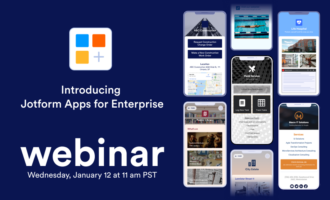



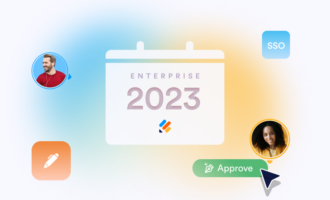


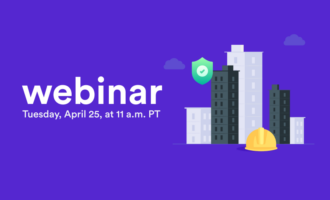


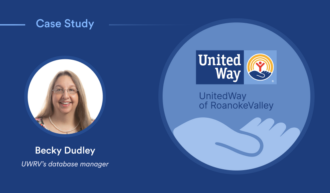





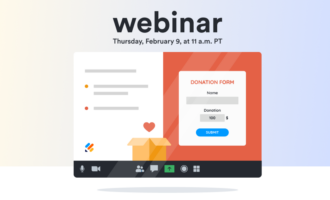




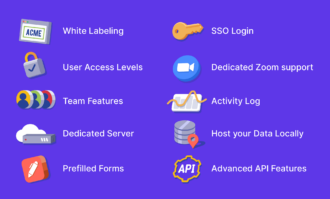

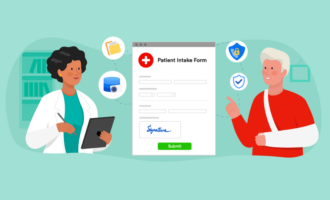
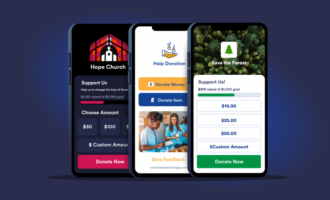
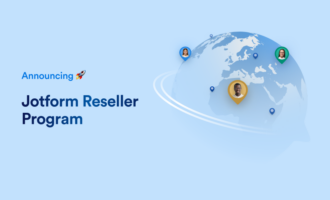

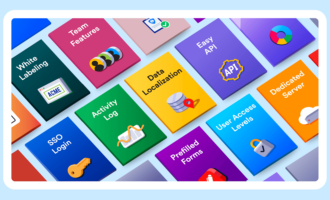
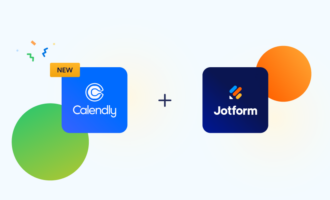
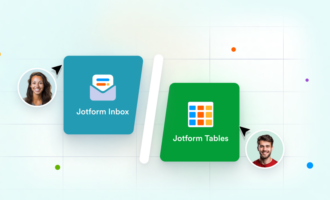
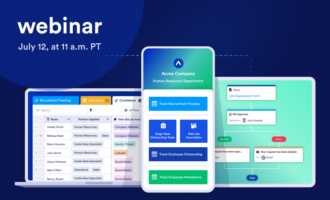



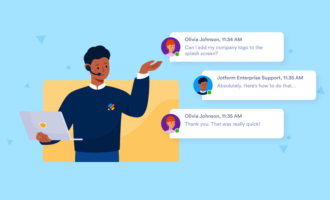
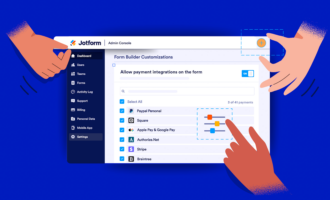
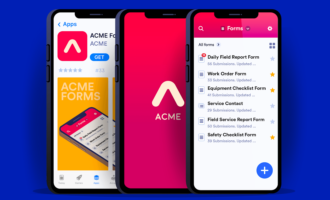


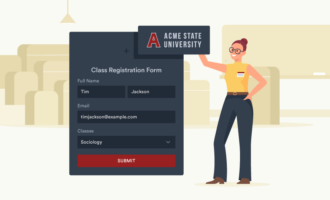
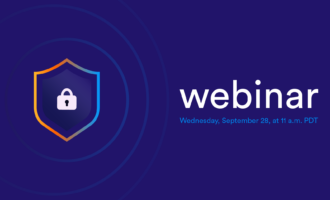

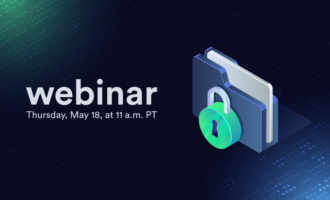



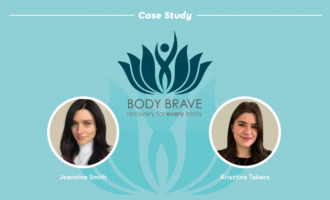





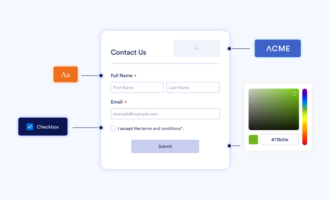


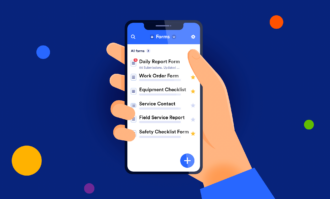
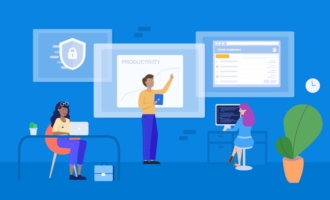












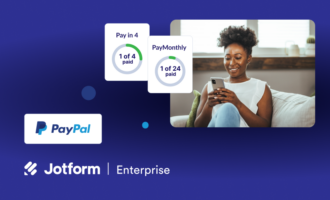





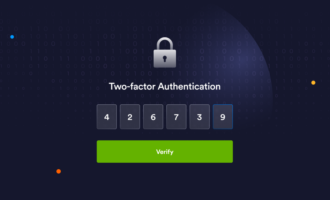
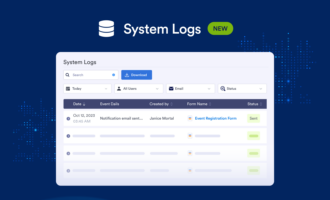






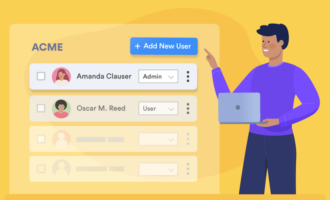

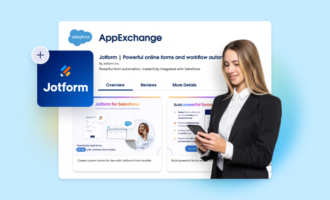



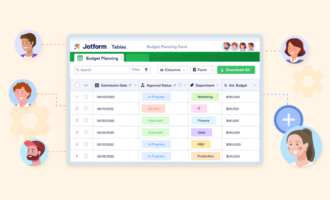
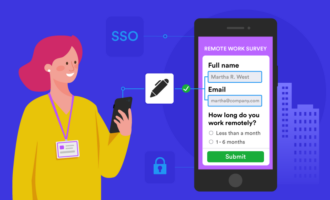
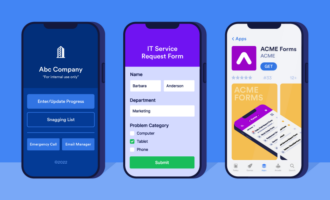







Send Comment: